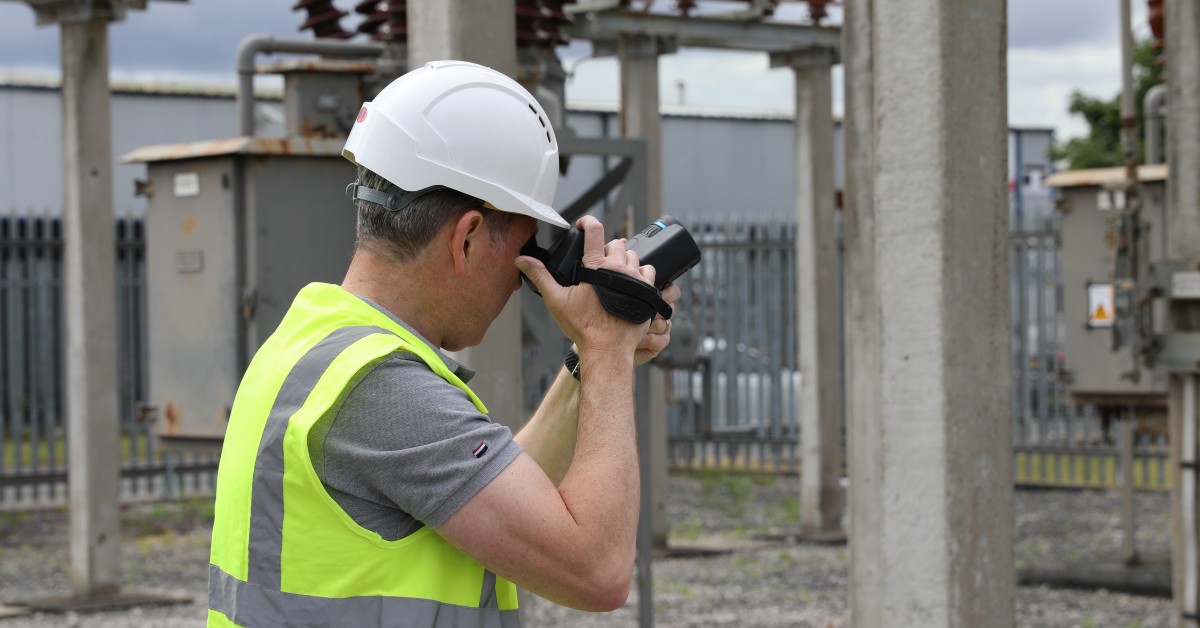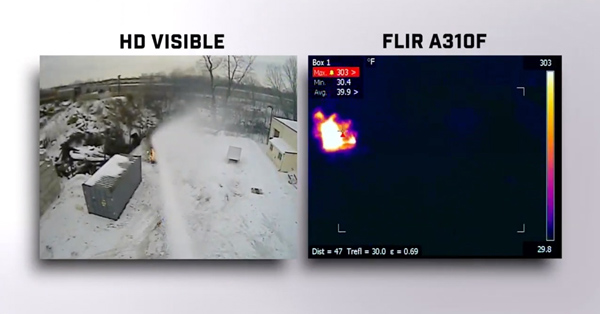Capturing Consistent Thermal Images for an NFPA 70B Compliant Inspection Program

In the previous post from our ongoing series covering the changes to the NFPA 70B 2023 concerning the maintenance routines required for thermography inspections, we looked at how the right camera and software should be in place to support your electrical maintenance program. This post highlights the value of consistency in image capture – not only in support of NFPA 70B requirements, but good operational best practices in thermography.
In the world of modern technology, thermography has revolutionized the way we inspect and maintain various systems and structures. Whether it's for industrial equipment, electrical systems, or even building diagnostics, thermography inspections provide valuable insights that help prevent failures, optimize performance, and enhance safety.
With NFPA 70B requiring thermal inspections at a minimum every 12 months, this opens the door to challenges in consistency given the cycle of time between inspections. The effectiveness of these inspections hinge on one critical factor: capturing consistent thermal images. In this post, we delve into the importance of maintaining consistency in thermal image capture during required thermography inspections.
The Role of Consistency
- Accurate Baseline Comparison: In thermography inspections, capturing consistent thermal images serves as the foundation for accurate baseline comparison. By maintaining a uniform approach to image capture, inspectors can detect even subtle temperature changes that might signify underlying issues. Deviations from the established baseline are indicative of anomalies or potential defects, helping prevent unexpected breakdowns or safety hazards.
- Reliable Trend Analysis: Consistency in thermal image capture enables reliable trend analysis over time. Regular inspections conducted with the same protocols and settings ensure that any evolving issues are detected early. This empowers maintenance teams to predict the deterioration of equipment or systems and plan corrective actions accordingly.
- Precise Quantification: Quantifying temperature differences accurately requires consistent image capture techniques. A slight variation in camera settings, distance, or angle can lead to misleading temperature measurements, ultimately affecting the decision-making process. Reliable quantification is crucial for prioritizing maintenance tasks and evaluating the severity of potential problems.
- Credible Reporting: A consistent approach to thermal image capture enhances the credibility of inspection reports. Clients, stakeholders, and regulatory bodies rely on accurate and trustworthy information to make informed decisions. Consistency in image capture ensures that the findings presented in the report are reliable and actionable.
- Reduced False Alarms: Inconsistent image capture practices can lead to false alarms, where benign temperature variations are mistaken for critical issues. This not only wastes resources but also erodes confidence in the inspection process. Maintaining consistency minimizes the chances of misinterpretation and ensures that alarms are raised only when genuine concerns arise.
Best Practices for Consistent Thermal Image Capture
- Standardized Procedures: Establish standardized procedures for image capture, including camera settings, distance, angle, and environmental conditions. This minimizes variability between different inspections.
- Training: Provide comprehensive training to inspectors on proper image capture techniques. This includes aspects like camera handling, positioning, and understanding potential sources of errors.
- Documentation: Maintain detailed records of each inspection, including camera settings, location, and conditions. This documentation aids in accurate comparison and trend analysis over time.
- Calibration: Regularly calibrate thermal imaging equipment to ensure accurate temperature measurements. Calibrated cameras provide reliable data, forming the basis for consistent analysis.
- Quality Control: Implement quality control measures to review captured images for consistency and adherence to protocols. This step helps identify any deviations and correct them promptly.
Conclusion
While the intention of NFPA 70B is to ensure maintenance activities are done to support the reliability of the asset, having a successful thermography program rests on the ability to capture accurate and consistent thermal images. This ultimately contributes to improved safety, reliability, and operational efficiency for your organization. Consistency in thermal image capture is not just a procedural nicety; it's a cornerstone of effective thermography inspections.


